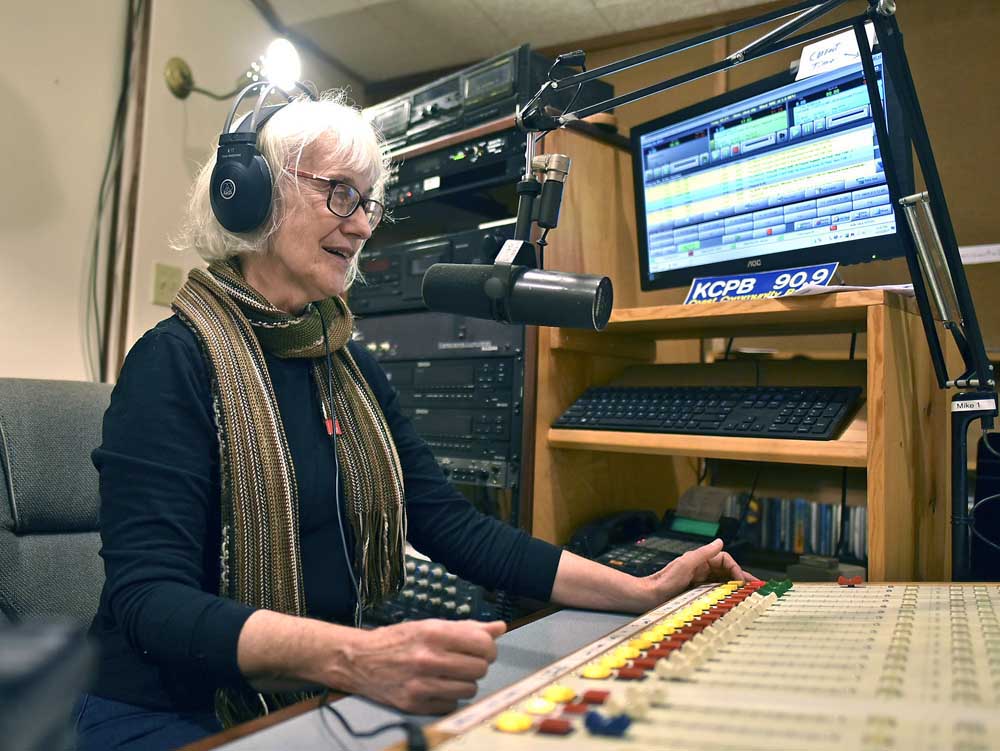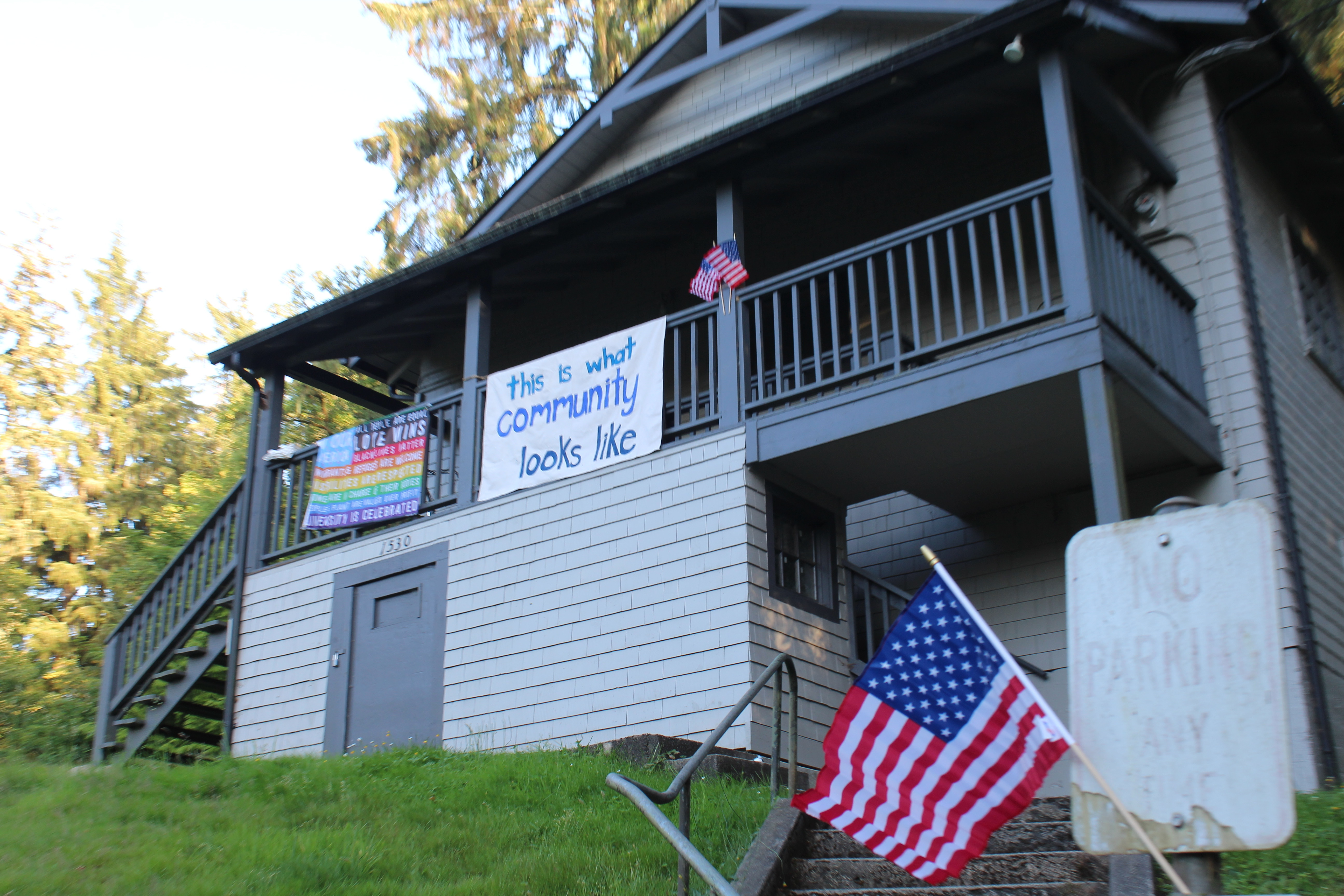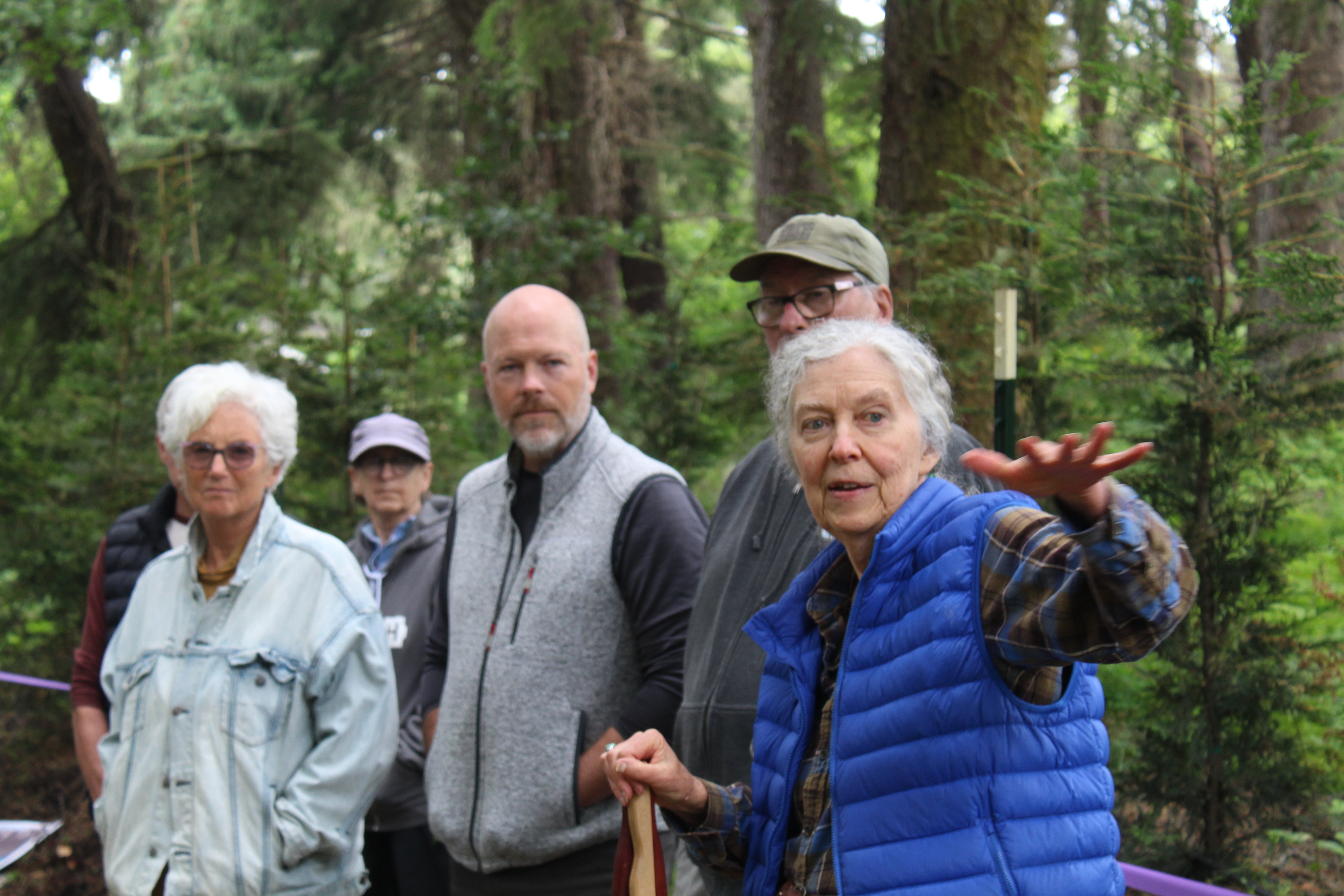Federal cuts to public broadcasting will hit rural areas
Published 5:27 pm Monday, July 21, 2025

- In this 2017 photo, Joanne Rideout works the airwaves at Coast Community Radio in Astoria.
The swift approval of a $1.1 billion federal cut to the Corporation for Public Broadcasting has cast uncertainty over the future of radio stations in rural America.
The move, backed by the Trump administration, eliminates all federal support for National Public Radio, the Public Broadcasting Service, and their more than 1,000 member stations across the country.
In Oregon, public radio stations receive an average of 8-10% of their funding from the CPB. Oregon Public Broadcasting, for instance, gets about 9% of its revenue from federal sources. But in more rural areas, that number is often much higher. KCUW in Pendleton, owned by the Confederated Tribes of the Umatilla Indian Reservation, depends on CPB funds for at least 80% of its annual budget.
Trending
KMUN, a community station that has served Astoria for 42 years, receives 17% of its funding from the CPB. It pays for six weekly programs from NPR and has operated on a fiscal year 2023-2024 budget of $678,000.
From music to news to public affairs, the station is powered by a small team of staff and dozens of volunteers. The cuts are not expected to affect staffing at KMUN at this time.
Susan Peterson, the station manager at KMUN, said that the formula used by the CPB to determine local funding is complicated and that KMUN has had to participate in extensive yearly audits. Now, the station will be unable to afford some of the programming it has been purchasing.
“We don’t have it all figured out yet,” she said in an email to The Astorian. “All our decisions will be made with deep consideration of our mission to serve our listeners.
“We have had a plan from the beginning of this current threat. The Board and I will be working on the details and the staff will be working very hard to fill the gaps.”
The decision by the U.S. House to cut the funding comes after months of accusations launched at NPR and PBS by the Trump administration.
Trending
In an executive order, the White House claimed that NPR and PBS produced “biased and partisan news coverage,” arguing that “neither entity presents a fair, accurate, or unbiased portrayal of current events to taxpaying citizens.”
“But NPR is not the real casualty here,” said Rima Dael, CEO of the National Federation of Community Broadcasters. “Rural America is.
“When cell towers burn, when the power goes out, when internet networks fail, people turn to battery-powered radios. In many rural and Tribal regions, these community stations are the only real-time source of life-saving information.”
According to a 2018 study by the FCC, AM/FM radio remains the most reliable medium during emergencies. Last winter, when much of Clatsop County lost power, KMUN stayed on the air with the help of a backup generator, continuing to deliver critical updates to listeners.
In 2011, NPR executives examined what would happen if federal funding for the CPB disappeared. Their findings suggested that up to 18% of member stations could shut down entirely, most heavily impacting the Midwest, the South, and the West.
NPR itself, which receives about 1% of its annual revenue from federal funds, might withstand the loss with help from a spike in listener donations. PBS, which relies on federal funding for 15% of its budget, would likely face more significant challenges.
But ultimately, Dael said, it will be the member stations across the country, some entirely run by volunteers on shoestring budgets powered by donated time and secondhand equipment, that will bear the brunt of the budget cuts.
“The $1.1 billion Congress has clawed back will not significantly impact NPR executives or national programs, but it will devastate tiny community stations that have no other safety net,” she said in an email to The Astorian. “The next time a wildfire roars through Montana, a hurricane floods a Gulf Coast town, or a Tribal community issues evacuation orders, some people will turn their dials and hear only static.
“Federal investment in public media is not a luxury. For millions of Americans, especially in rural and Tribal communities, it is a lifeline. Once those radios go silent, turning them back on will not be easy.”









